40+ Monthly Management Report Templates in PDF | Google Docs | Excel | Apple Pages
Managers usually write reports, and they have to be submitted every month to the higher authorities of a company. These…
Jan 16, 2025
Weekly reports are essential tools used in many business environments to track progress, communicate updates, and manage team dynamics over the course of a week. These reports serve multiple purposes: they provide a regular synopsis of what has been accomplished, highlight ongoing projects, and outline challenges and solutions encountered along the way. By offering a consistent snapshot of activities, weekly reports help keep team members and stakeholders informed and aligned with the company’s goals and deadlines. They are instrumental in ensuring accountability, enhancing decision-making, and fostering an environment of transparency and continuous improvement within teams and organizations.
Creating a structured weekly report is crucial for effectively communicating the progress of projects, identifying issues, and planning future actions. Here’s a recommended format for a weekly report that can be adapted to fit different professional contexts:
Of course, if you were working on any such project, then you could generally find a use for all kinds of progress reports to give proper weekly reports to your superiors. After all, your superiors would want a means of staying informed of your progress, and these templates can offer a convenient way of doing that. And so, we’ve prepared a collection of the weekly report to help you work on financial performance, department admin, preschool teacher, daily update, IT spreadsheet, monthly log, salesman task, and much more.

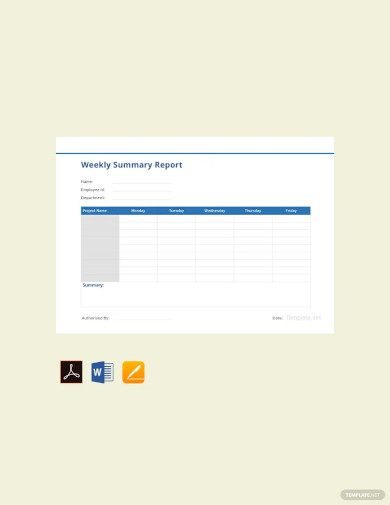
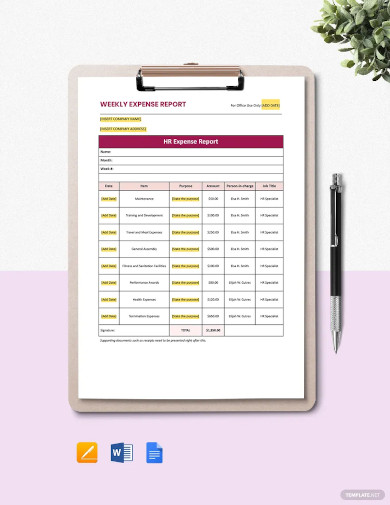
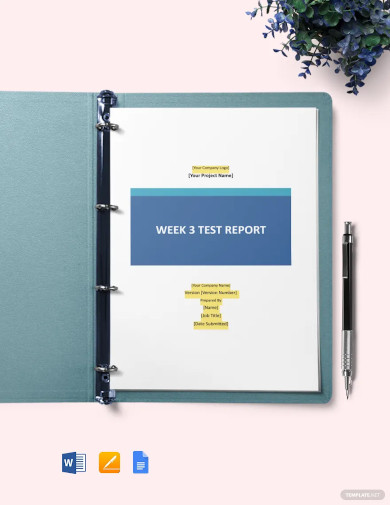
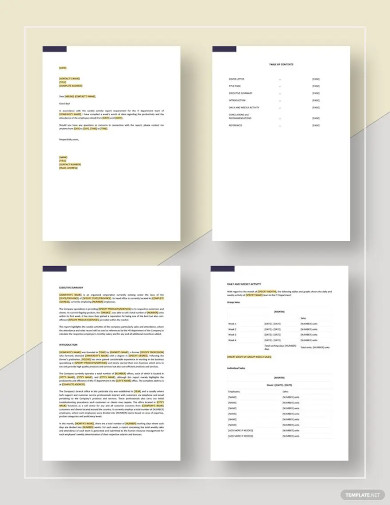
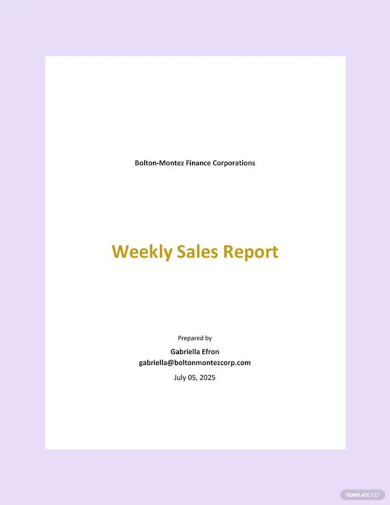
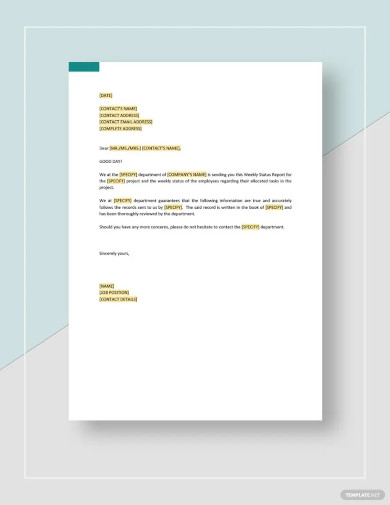
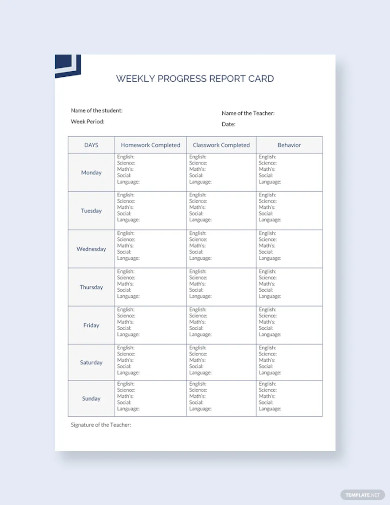
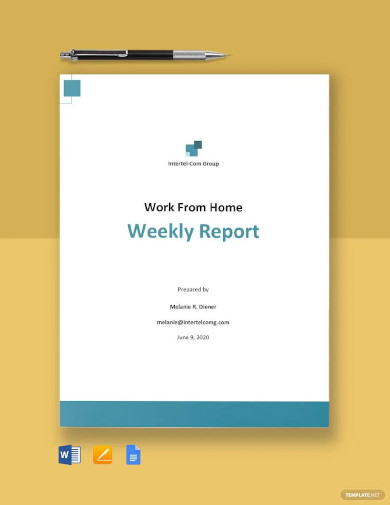
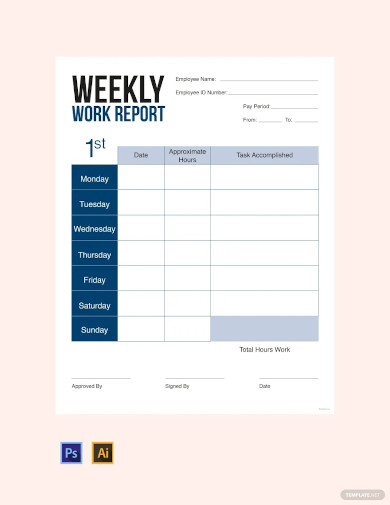
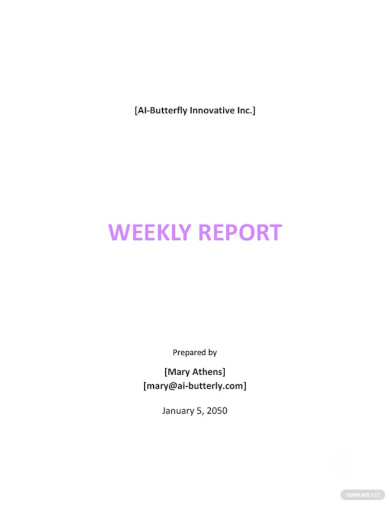
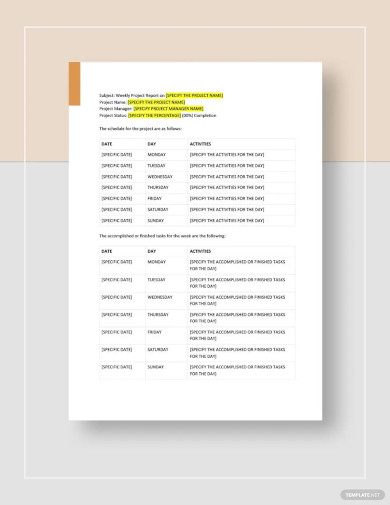

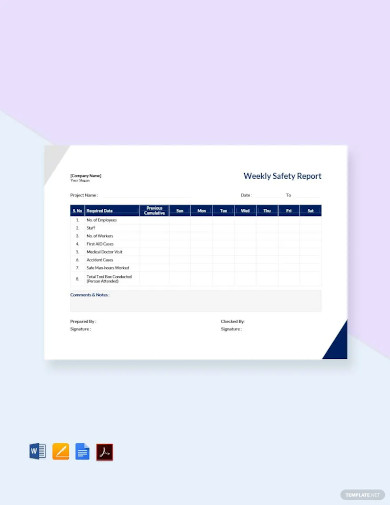



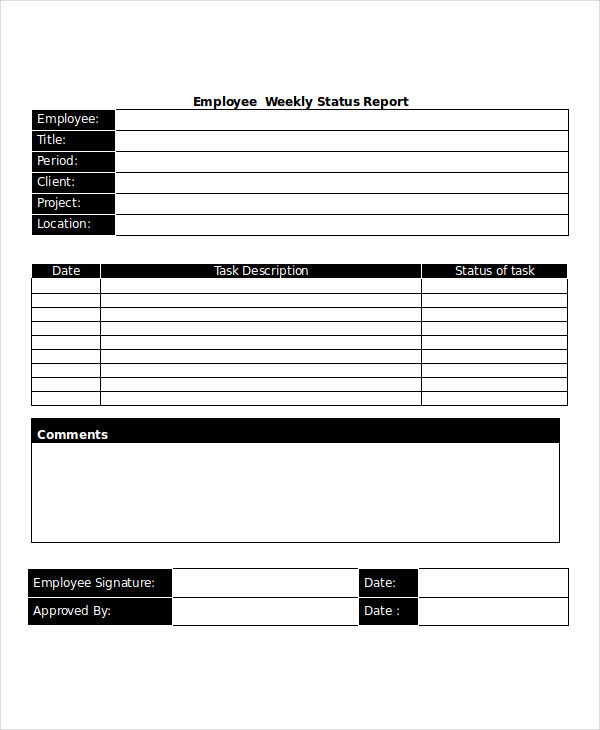 itcaps.net
itcaps.net oftc.edu
oftc.edu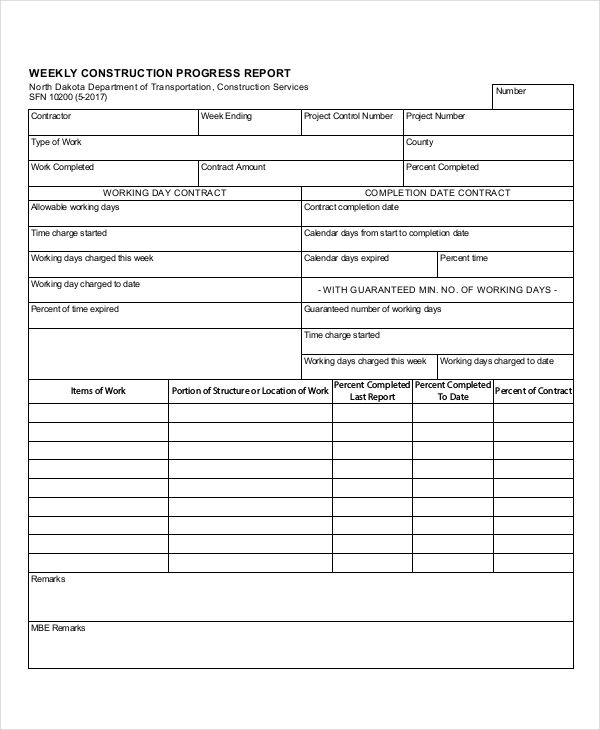 dot.nd.gov
dot.nd.gov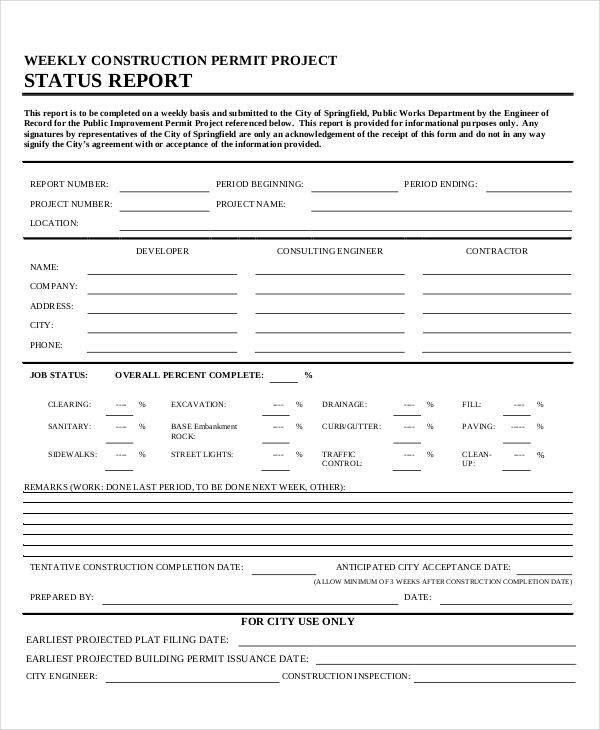 springfield-or.gov
springfield-or.gov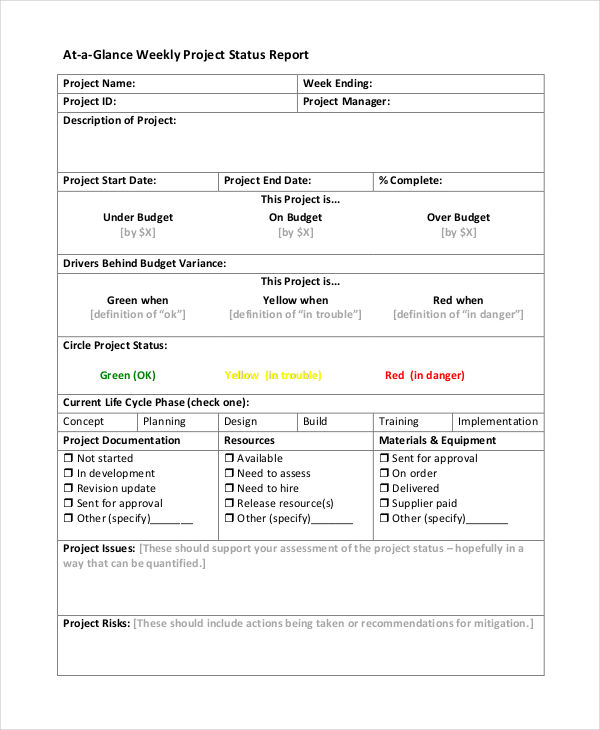 dexnovaconsulting.com
dexnovaconsulting.com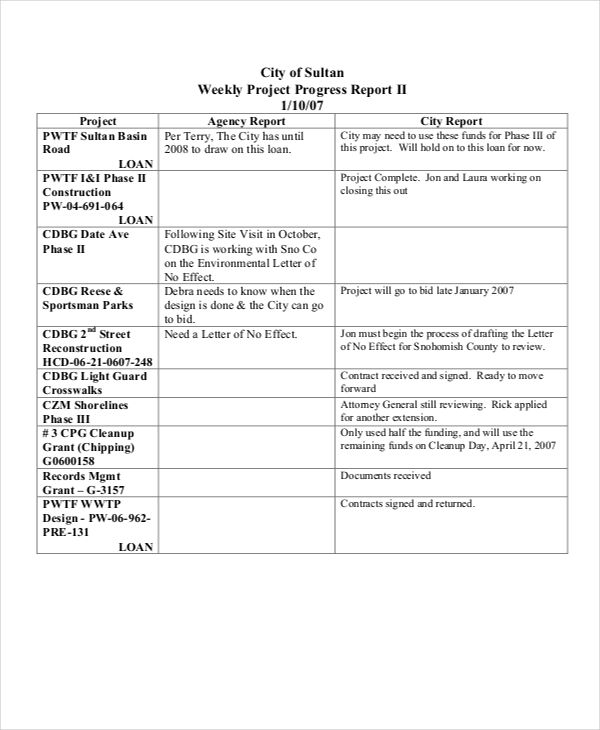 ci.sultan.wa.us
ci.sultan.wa.us netdna-cdn.com
netdna-cdn.com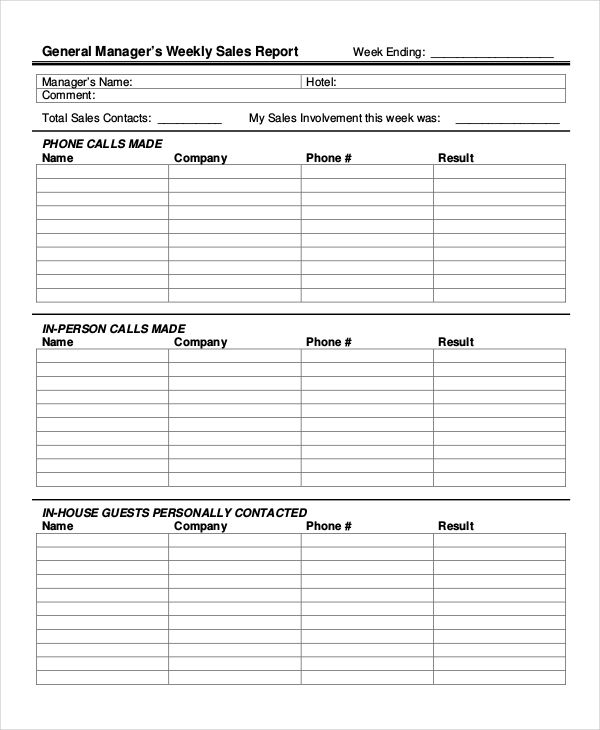 janiewiltshire.com
janiewiltshire.com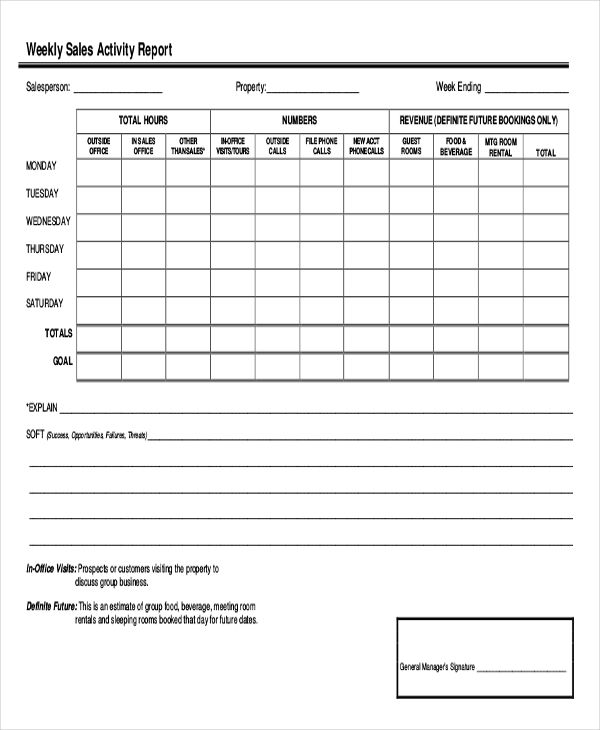 janiewiltshire.com
janiewiltshire.com elixirherbalcare.com
elixirherbalcare.com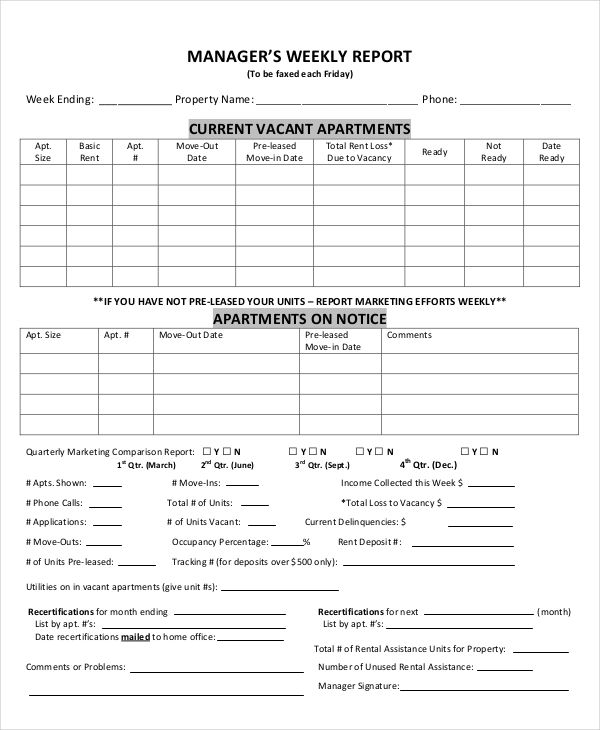 hamiltonvalley.com
hamiltonvalley.comIf you wanted to use these templates properly, it might help to have a good idea of what professions you can use them for. You can find all kinds of report sheet examples that should show you what you can do with these free templates, and how you can use them yourself. In this case, some possible applications of these report templates include:
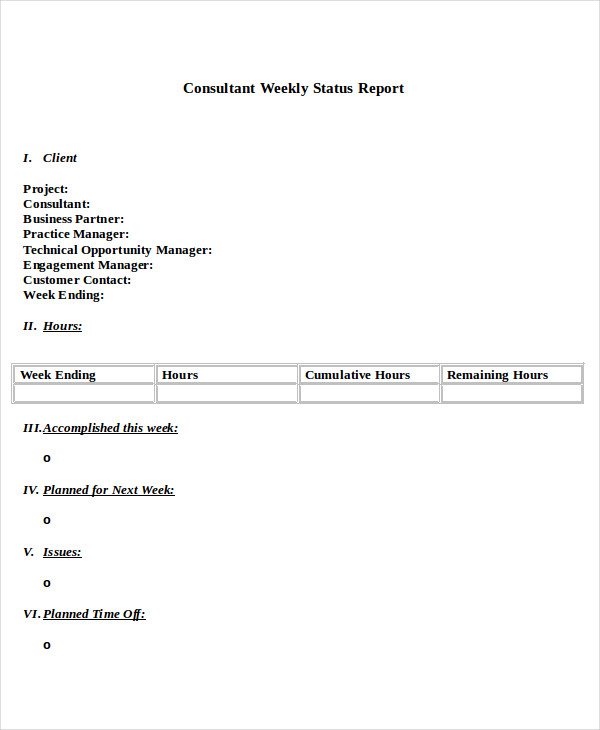 ftp.software.ibm.com
ftp.software.ibm.com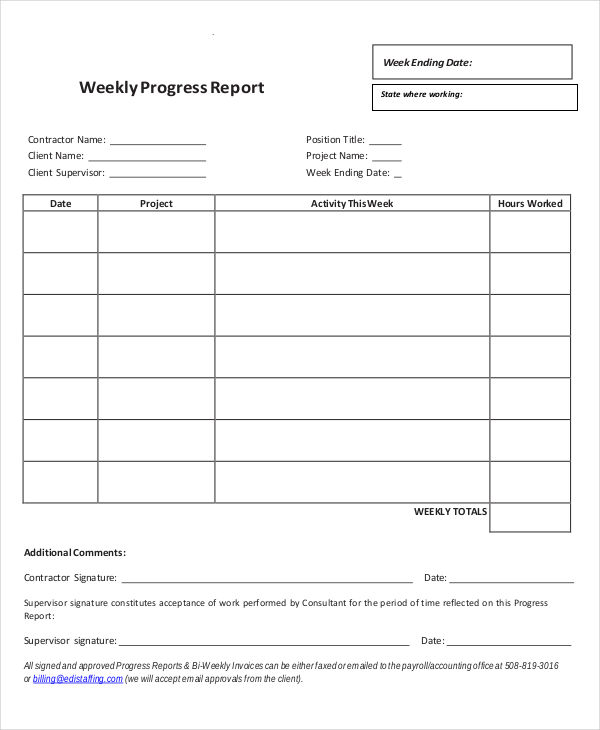 edistaffing.com
edistaffing.com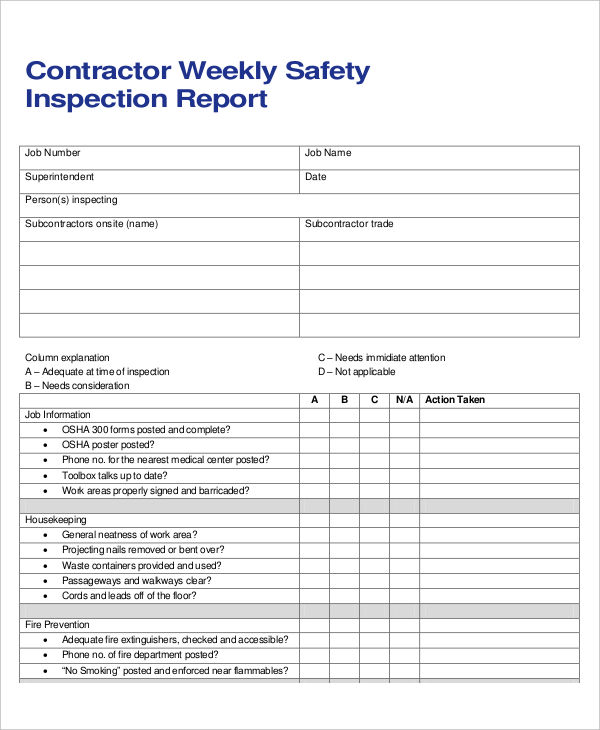 workforcesafety.com
workforcesafety.com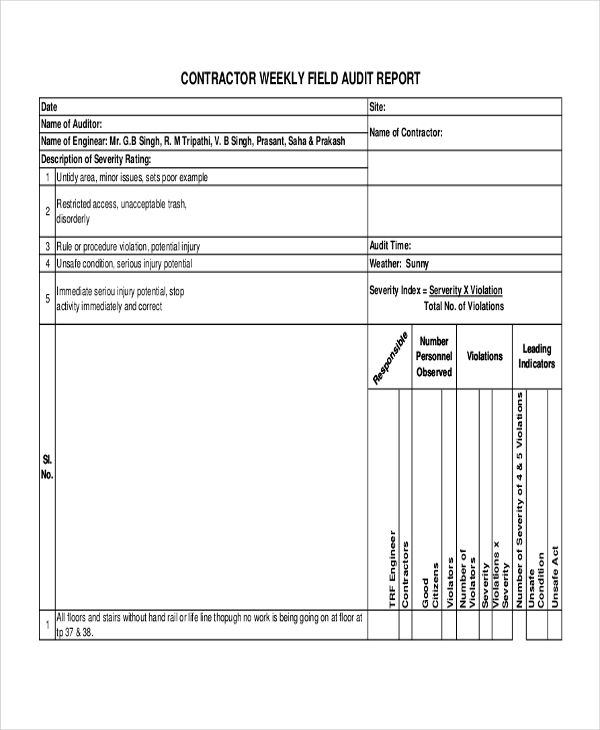 intranet.trf.co.in
intranet.trf.co.in dematha.org
dematha.org ud.ac.ae
ud.ac.ae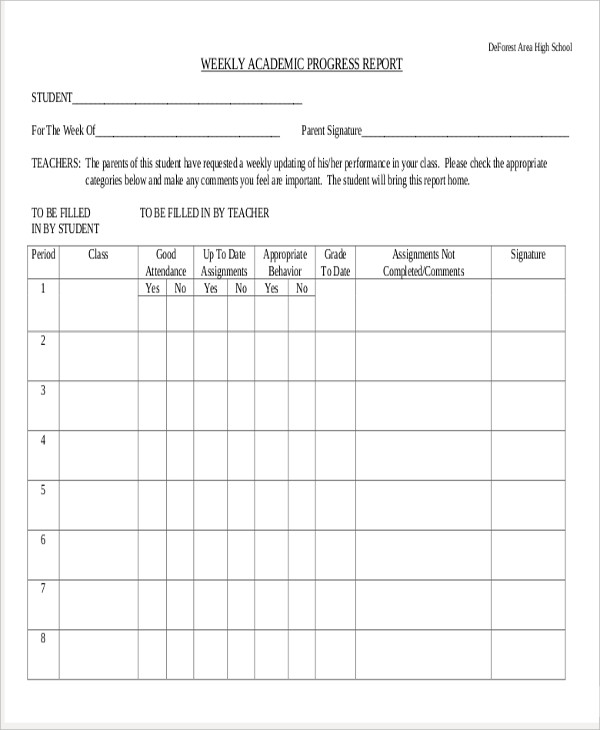 deforest.k12.wi.us
deforest.k12.wi.us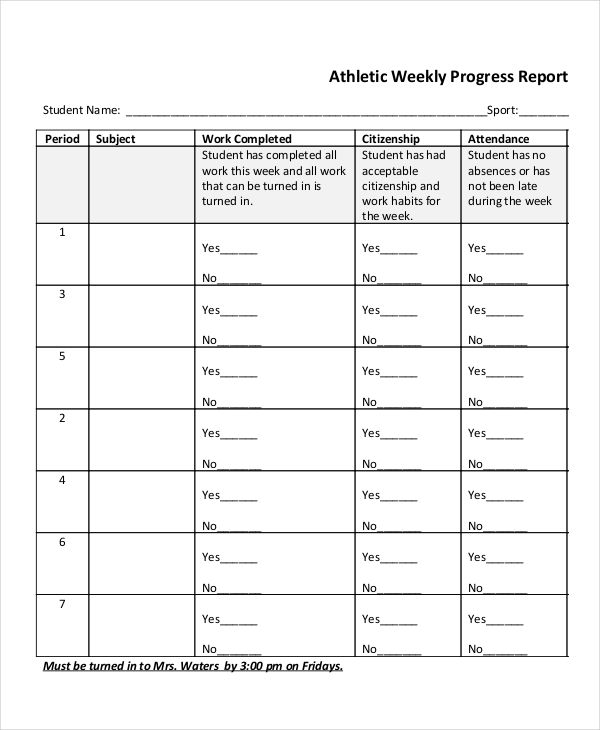 assets.ngin.com
assets.ngin.com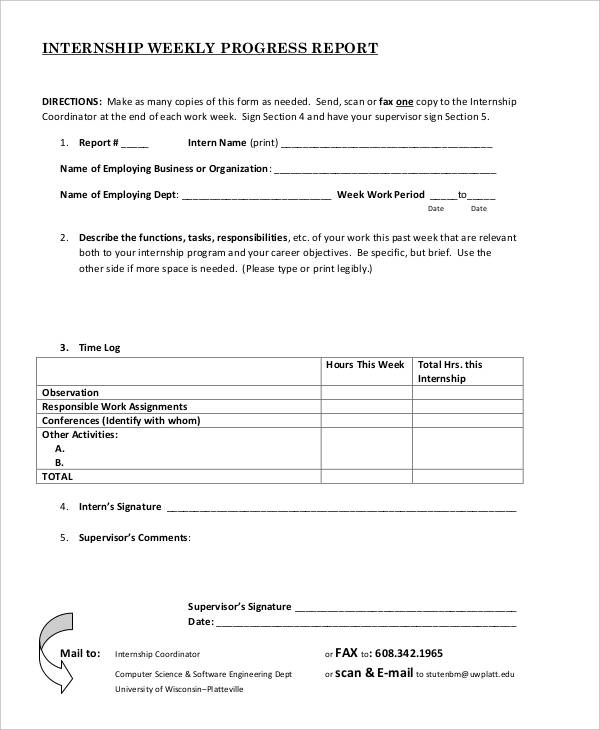 uwplatt.edu
uwplatt.edu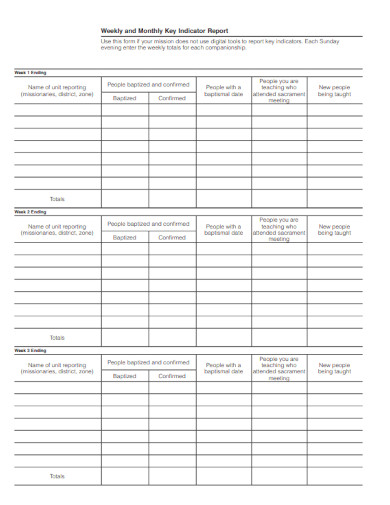 churchofjesuschrist.org
churchofjesuschrist.org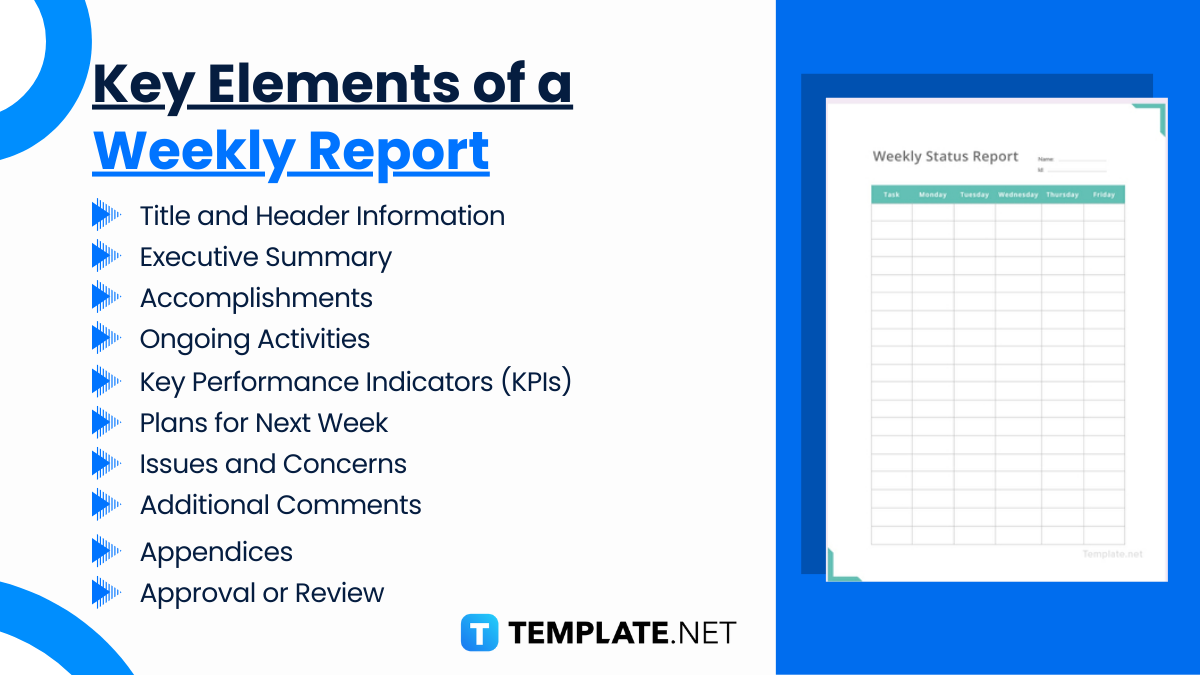
Creating effective weekly reports involves incorporating key elements that provide a comprehensive overview of activities, progress, and issues. These reports serve as vital communication tools within teams and organizations. Here are the essential elements to include in a weekly report:
Weekly reports are a fundamental tool in many organizational contexts, offering numerous benefits for team management, project tracking, and strategic planning. Here are the key advantages of implementing weekly reports:
Weekly reports keep everyone informed about ongoing projects and team activities, ensuring that all members, including remote teams, are up-to-date. This regular update fosters open communication channels and helps prevent misunderstandings.
By documenting weekly progress, team members are reminded of their responsibilities and deliverables. This regular accountability helps maintain momentum on projects and ensures continuous progress.
Weekly reports provide a continuous record of progress against goals and objectives. They allow managers and team members to monitor performance metrics and identify trends over time, aiding in performance improvement and highlighting areas where targets are being met or missed.
Regular reporting helps identify issues and challenges as they arise. Early detection of problems allows for quicker resolutions and helps mitigate potential impacts on project timelines and quality.
Managers gain insights into the status of various tasks and projects through weekly reports. This visibility helps in resource allocation, prioritizing tasks, and adjusting project timelines based on progress reports.
The insights provided by weekly reports contribute to better-informed decision-making. Understanding what is working well or what challenges are being faced can guide strategic decisions and resource management.
Acknowledging accomplishments and progress in weekly reports can significantly boost team morale. Recognizing individual contributions and celebrating milestones can motivate team members and encourage continued effort and engagement.
Weekly reports create a historical record of a project’s progress and team performance. This archive can be invaluable for reviewing past decisions, understanding the project evolution, and planning future projects.
In dynamic environments where team members may change, weekly reports provide continuity. New members can review past reports to quickly come up to speed on project status and historical challenges.
By regularly reviewing completed tasks and upcoming goals, teams can better plan their weekly activities. This helps in setting realistic expectations and distributing workload effectively.
Regular updates on project progress and resource utilization help in optimizing resource allocation. Understanding how resources are being used and where bottlenecks occur can lead to more efficient project management.
Regularly sharing detailed updates through weekly reports fosters a culture of transparency within the organization. This openness can build trust among team members and between management and staff, promoting a more collaborative and supportive work environment.
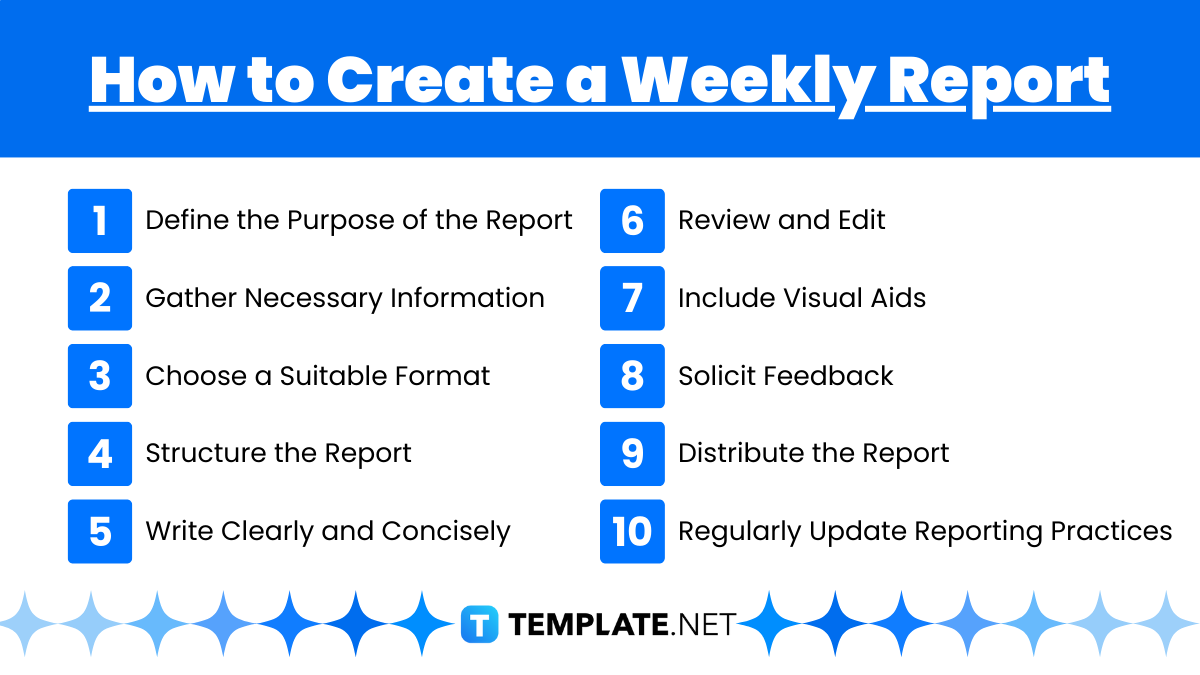
Creating an effective weekly report involves gathering data, analyzing progress, and communicating insights in a clear and organized manner. Here’s a step-by-step guide to help you craft a comprehensive weekly report:
Determine what the report should achieve. Is it to update stakeholders on project progress, to track team performance, or to identify issues? Understanding the purpose will guide the content and structure of your report.
Collect all relevant data from the past week. This might include:
Decide on a format that best presents the information. Most weekly reports include:
Organize your report into clear sections. A typical structure might include:
Use clear, concise language to ensure the report is easily understandable. Avoid jargon unless it is industry-specific and known by all report recipients. Be precise with the details to avoid ambiguity.
Proofread your report to correct any spelling, grammar, or data inaccuracies. Ensure all information is accurate and up-to-date. Editing for clarity and brevity will make the report more effective and engaging.
Where appropriate, include charts, graphs, or images to help visualize data and progress. Visual aids can make the report more accessible and easier to understand at a glance.
If possible, get feedback on your report from a colleague or supervisor. This can help you refine the report over time to better meet the needs of its audience.
Share the report with all relevant stakeholders. Choose the appropriate method for distribution, whether it’s via email, an internal communications platform, or as a physical document during meetings.
As projects evolve and team dynamics change, so too should your reporting. Regularly assess and update your reporting practices to ensure they remain relevant and effective.
A weekly report is a document that summarizes tasks completed, goals achieved, and challenges faced during the week. It is important because it provides a clear overview of progress, helps in tracking performance, and ensures effective communication between team members and managers.
A weekly report should include a summary of completed tasks, ongoing projects, challenges encountered, solutions implemented, and plans for the next week. Adding metrics, key performance indicators (KPIs), or milestones enhances its effectiveness.
To write an effective weekly report, organize information under clear headings, use concise language, and focus on outcomes rather than processes. Highlight achievements, address challenges, and set clear priorities for the upcoming week.
Weekly reports are typically prepared by employees, team leads, or project managers to update supervisors, stakeholders, or clients about progress. It is a common practice in workplaces that prioritize accountability and transparent communication.
Yes, there are templates available for weekly reports on platforms like Microsoft Word, Excel, and Google Docs. These templates can be customized to fit specific industries, making it easy to structure and present information professionally.

Managers usually write reports, and they have to be submitted every month to the higher authorities of a company. These…
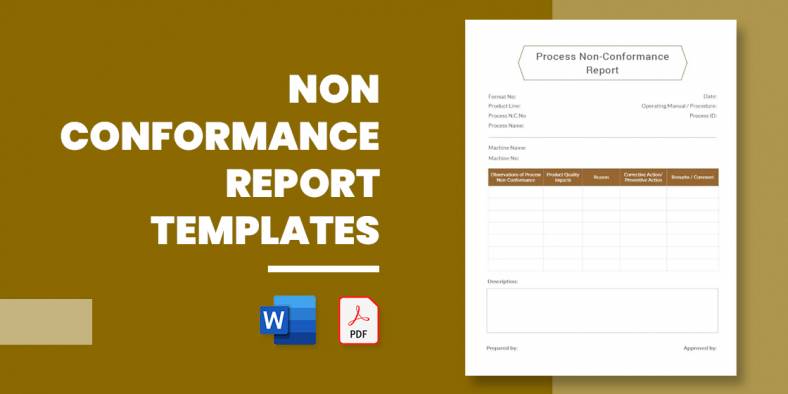
Have you ever tried sending a Report Outline for corrective action to a company about bad food, product, or service?…
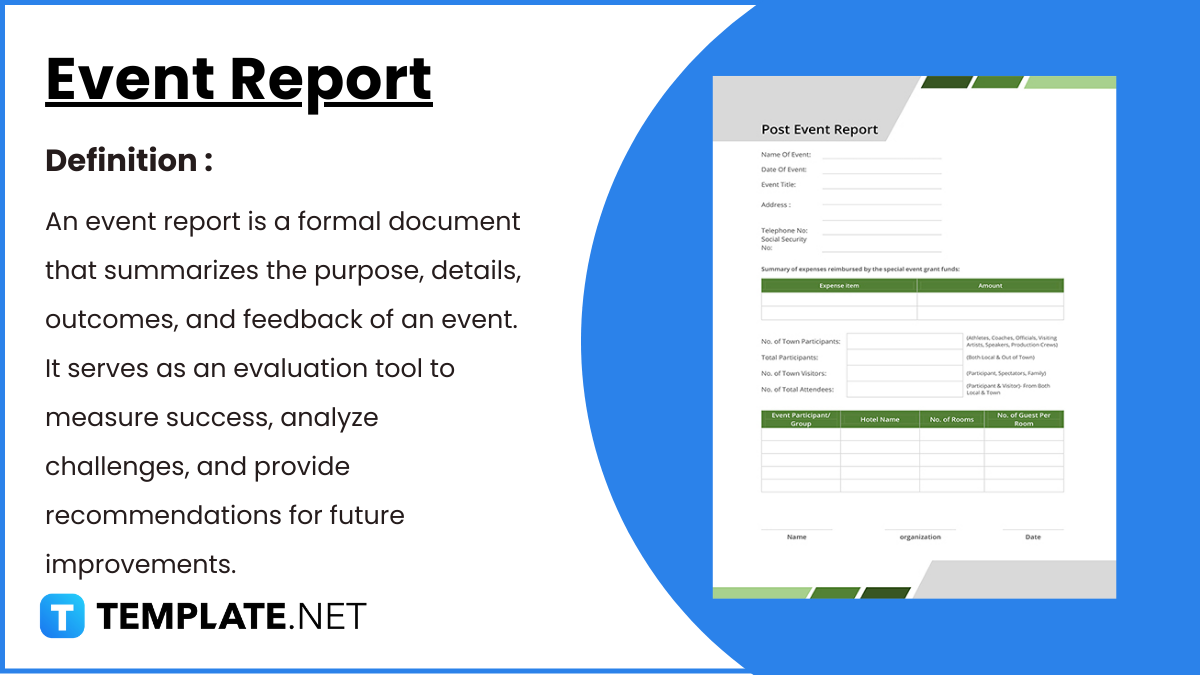
Crafting an event report is an essential step in analyzing the success and impact of any event, whether it’s a…
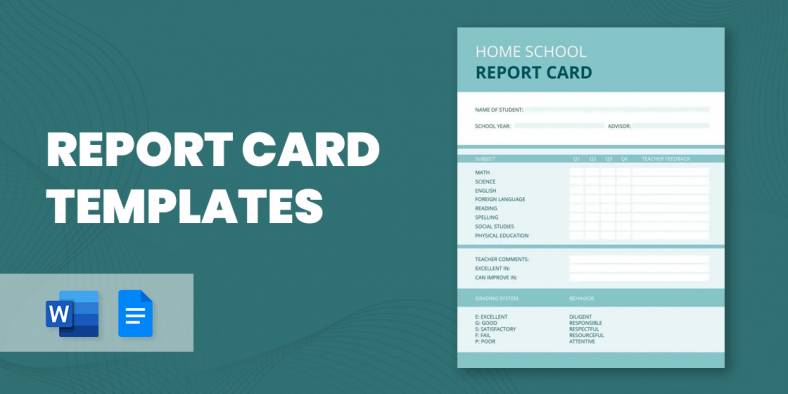
A report card is one of the crucial elements of recording the results of an evaluation of a leaner. Many…
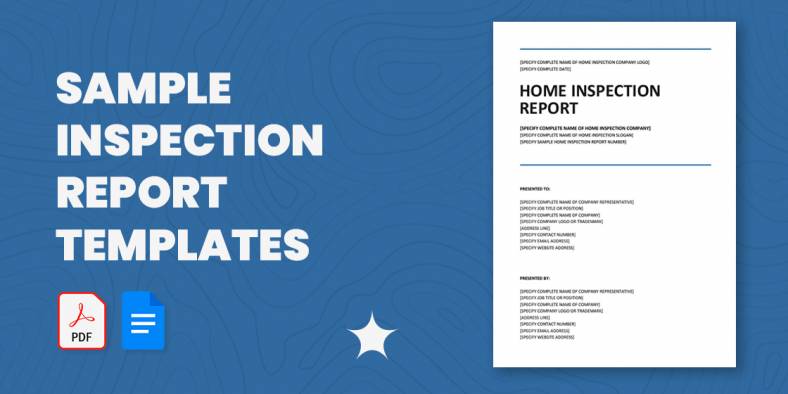
Getting ready with your inspection report? Not satisfied with your report’s format? Don’t you worry? We have here an array…

Every organization must be careful while creating a daily or weekly activity report as it is with the help of…
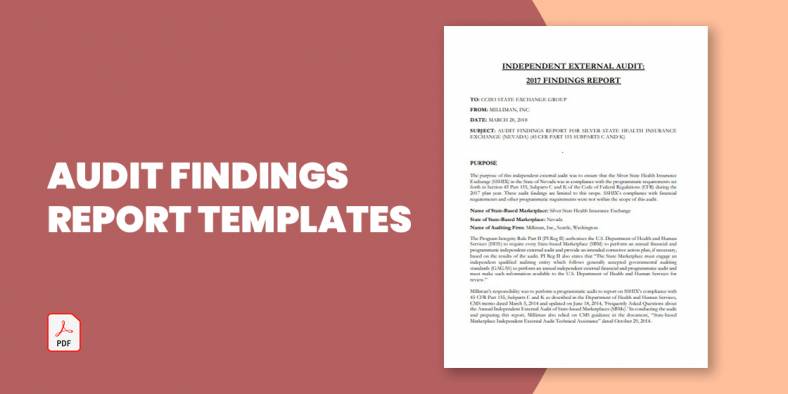
The audit report is the ending result of an audit and can be utilized by the receiver person or organization…

Audit committee reports present a periodic and annual picture of the financial reporting method, the audit process, data on the…

Timely reports are vital for any logistics industry as data is essential to help make decisions. Plus, the industry’s scope…